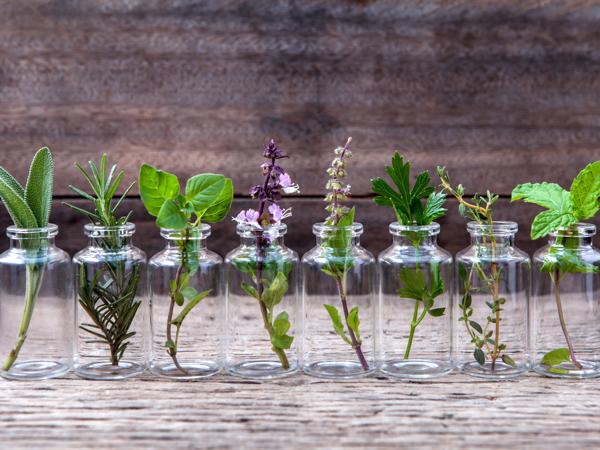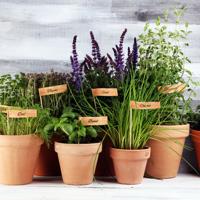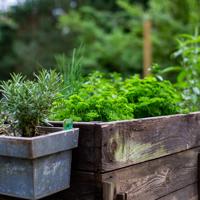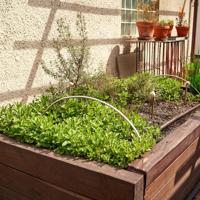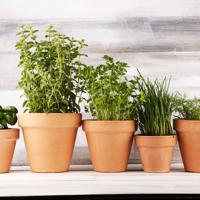There’s something quite satisfying about creating your own herb-infused olive oils, particularly when it aligns with a sustainable, garden-to-table lifestyle. Whether you have a garden overflowing with aromatic herbs or a small kitchen windowsill bursting with basil, these oils can add a delightful touch to your culinary creations.
A Simple and Gentle Introduction
Crafting herb-infused olive oils is a gentle process. It’s not about perfection; rather, it’s about experimenting and understanding the flavors that your garden or local markets can offer. With a few simple steps and basic tools, you can elevate your dishes while impressing your family and friends.
Gathering Your Ingredients and Materials
The beauty of making herb-infused oils lies in its simplicity. Here’s what you’ll need:
- Olive Oil: Opt for a high-quality extra virgin olive oil. It serves as the base for your infusion and enhances the natural flavors of the herbs.
- Fresh Herbs: Feel free to explore various herbs such as basil, rosemary, thyme, or oregano. Depending on your taste preferences, each herb provides a unique flavor profile.
- Sterilized Bottles: Clean and sterilize your glass bottles or jars to ensure hygiene and prolong the oil’s shelf life.
A Step-by-Step Guide
-
Prepare the Herbs: Start by washing your fresh herbs thoroughly to remove any dirt or pests. Allow them to dry completely. Moisture can spoil the oil and promote bacterial growth.
-
Slightly Bruise the Herbs: Gently bruise the herbs using a mortar and pestle. This helps release their essential oils and amplify the flavor.
-
Heat the Oil Gently: Pour olive oil into a saucepan and warm it over low heat. Avoid boiling; just heat it enough to encourage the infusion.
-
Combine Herbs and Oil: Submerge the herbs in the warm oil. Let them mingle for about 5-10 minutes.
-
Cool and Store: Remove from heat and cool. Strain the oil into your sterilized bottles, ensuring no solid pieces remain. Seal the bottles and store them in a cool, dark place.
Examples of Herb-Infused Oils
- Rosemary and Garlic Oil: A robust combination that can elevate roasted vegetables or grilled meats.
- Basil Infusion: Perfect for drizzling over pasta dishes or fresh salads.
- Thyme and Lemon Zest: Offers a refreshing finish to seafood dishes or roasted chicken.
A Thoughtful Process
Remember, the process may vary slightly based on personal experimentation and preferences. It’s essential to use caution and ensure proper storage to avoid spoilage. Herb-infused oils, when prepared thoughtfully, retain flavors for about a month and should be used within that timeframe.
Beyond the Kitchen
Besides their culinary uses, herb-infused oils can double as delightful gifts. Personalize your bottles with handwritten labels or upcycled materials for a charming touch. It’s a wonderful way to share the joy of sustainable gardening with others.
Research and References
If you’re interested in delving deeper into the subject, here’s a list of resources that helped shape this guide:
- Olive Oil Times
- Clark, C. (2019). Herbs for Flavor and Health. Nature’s Hand Publishing.
In essence, enjoy the process, connect with nature, and let the flavors of your garden infuse your cooking journeys. There’s no rush to perfection, just a beautiful exploration of taste.
